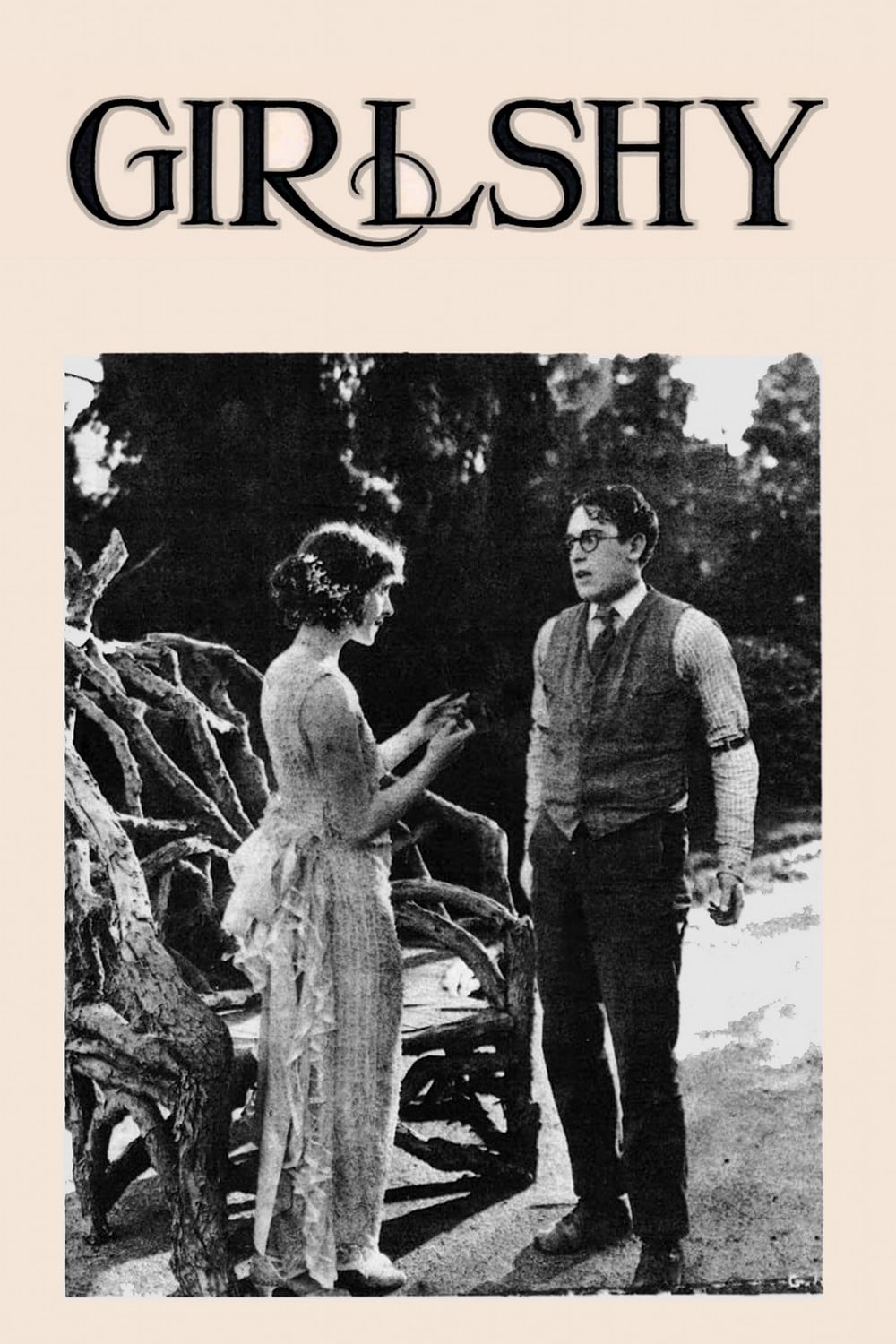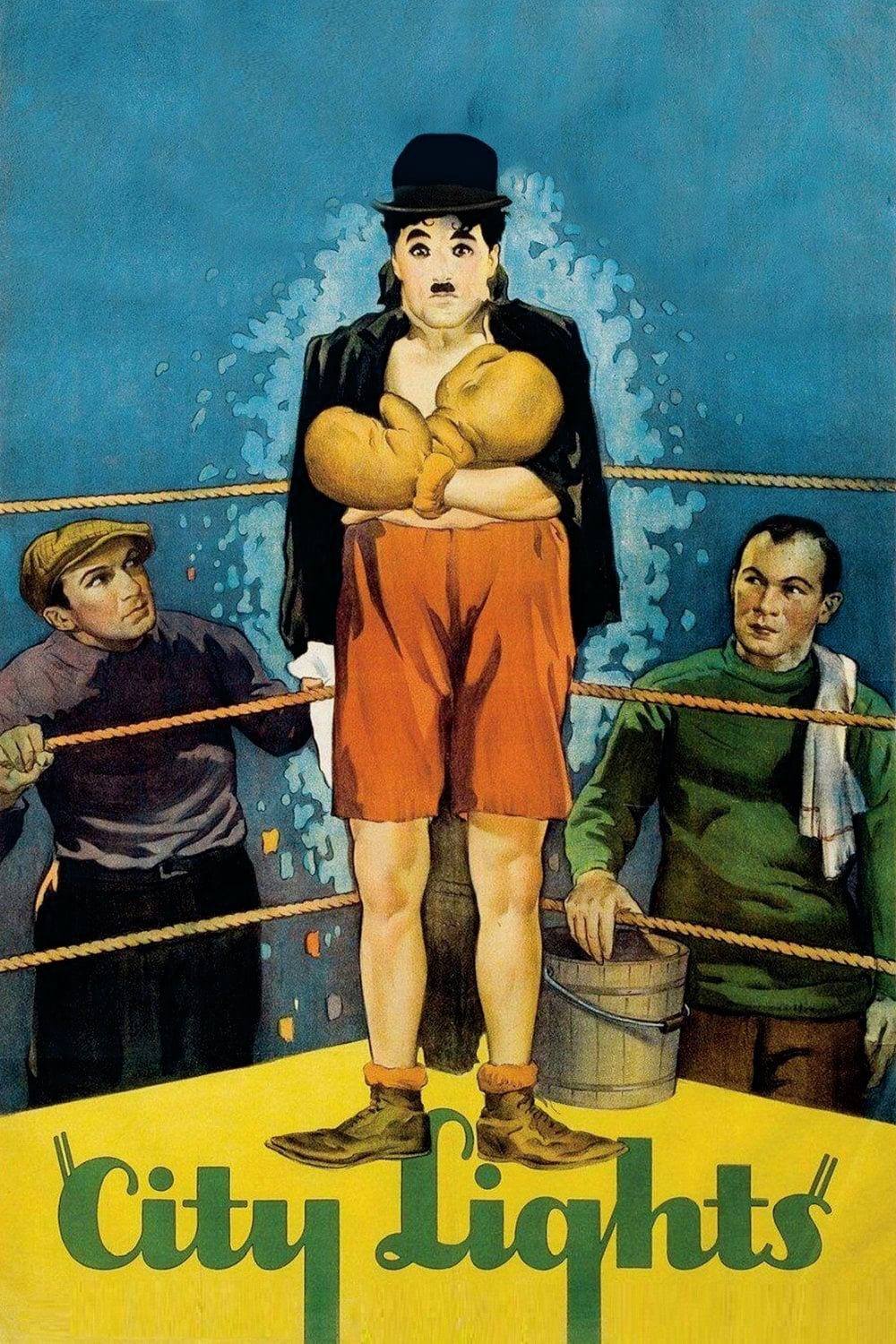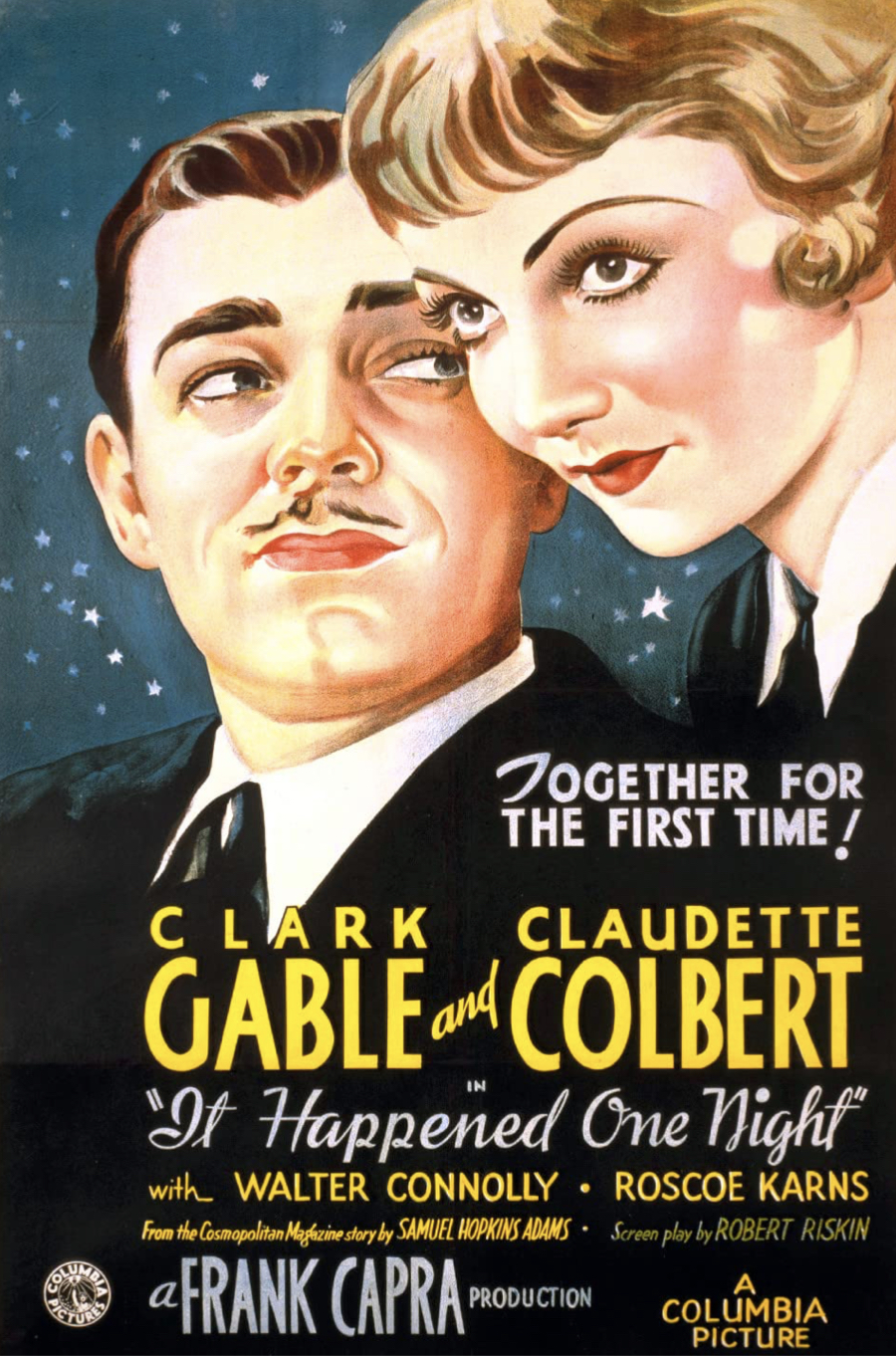 The third phase of human courtship is governed by the functions of the Higher Brain - the software of the mind that rules the operations of the intellect, character maturity and success in achieving goals, both individual and joint ones.
The third phase of human courtship is governed by the functions of the Higher Brain - the software of the mind that rules the operations of the intellect, character maturity and success in achieving goals, both individual and joint ones.
It is a different state of being than that of friendship and love (Phase Two), or lust and desire (Phase One.) All states of romance are voluntary and may carry no expectation of lasting relations or commitment. According to Romantic Dynamics, Intellectual Attraction may be returned to again and again to reinvigorate it, even if one is in the first or second phase of courtship, currently.
Intellectual Attraction, being separate and distinct from the operations of Emotional Attraction and friendship, which are geared toward finding happiness and mutually raised self-esteem. It is distinct from Sexual Attraction and desire, which are geared toward finding passion together, no matter how fleeting. Intellectual Attraction is what makes a relationship last, even under stress, and even with a waxing and waning level of desire.
Its principles operate in the domain of romance, but simultaneously have effect on one's sense of purpose in life, of pursuing a mission for one's life, achievement of goals, and durable access to love, companionship and longevity of the relationship. Intellectual attraction is only about success at goals and longevity of the relationship. It is still a voluntary romantic connection, but one which carries with it, promises, duties, obligations and all the mature, virtuous elements of character.
As such, intellectual attraction, teamwork and partnership may at times be unemotional and absent of desire or passion, and yet bolstered in its strength by these. A major detractor is again, the principle of narcissism in one or the other person, or both.
For intellectual attraction to exist and grow between two people, there must be a polarity between them in what the Cognitive Psychologists called, "data processing" of which there are only two types in the Romantic Dynamics model: Left-brained or Right-brained. The two people must also contend with the very personal, individual effects of having the particular parents they did, which turned on unique, instinctual responses in them that are types of what Konrad Lorenz called, "imprinting." These operations are attachment (to the opposite sex parent), bonding capacity (to the opposite sex), identification (with the same sex parent), and initiation into adulthood (often guided by the same sex parent.) These four give us a very unique set of preferences for particular long-term partners outside of biological universal principles that we became accustomed to in the first two phases of courtship, and yet we can be conscious and aware of the underlying general principles of the four types of imprinting. This also makes intellectual attraction the most conscious phase of courtship, more so than the "subconscious" emotions of the emotional attraction phase, or the largely unconscious processes of the sexual attraction phase.
The Three Steps of Intellectual Attraction (Partnership)
Step 7: Who I Am ➳
The higher brain is the most conscious set of software in romance, and the intellectual attraction phase is most dependent on first, one's personal growth toward character maturity and virtue (Who I am), and then, on joining the best of one's virtues as a partner with complementary virtues that one may lack, constitutionally, or by way of having identified with the particular same-sex parent that one happened to be given as a newborn.
It is in this step that we need to survey and work on every aspect of our personal psychology of character maturity, to be sure that we are fit as valuable partners to another person in a romantic relationship.
We will learn of the core personal growth skill of Observing Ego, the Personal Boundary, our dynamics of the emotions in the Anger Map and Anxiety Map, as well as how to use conscience and intuition, or ethics and shrewdness in order to make wise decisions, finally joining them all together with our intellectual abilities at Education and Experience that are the source of success in our goals. We will watch ourselves going from using more primitive and immature ego defenses as our social habits, to the neurotic ego defenses, and finally to the Mature Ego Defenses, which are essentially the same as Character Virtues.
Now we are fully ready to take on a partner, knowing that we have worked on our own virtues as successful partners while still in the single life. We are fully ready to be a partner, and to find one that we deserve.
Step 8: Who We Are ➳
We feel a familiarity and kinship with a partner whose character is very similar to our opposite-sex parent (the Oedipus Complex that Freud talked about), and yet it is not all doom and gloom for us, even if that parent had a great many vices. We can transcend the Oedipus Complex by finding a partner whose nature is very similar in the virtues of our opposite sex parent, but whom is yet different from that parent by way of having far less vices and immaturity. We are then equipped to answer the question, "Who We Are" as a couple.
In Intellectual Attraction, we discover that there are four major compatibilities in partnership: intelligence, maturity, joint beliefs and joint goals. These are like "being from the same culture," or "getting each other," balance and alignment.
We also discover that we are called on to perfect four types of partnering skills in this phase, bolstered by our compatibilities, the best-friendship we have found in the partner, and the desire we started with: curiosity, communication, compromise and collaboration.
Combining these 4 compatibilities with the 4 skills, we reach 16 permutations and combinations to align on, where we work on improving ourselves, facilitating improvement of the other, and of the relationship. Within these 16 modes of character compatibility, we will also discover one "master virtue" that is similar to that of our opposite sex parent, and two "master vices" of that parent to avoid in our potential partner. Now the system is complete and accounts for the unique individuality of the parents we were born to, and who so influenced our unique identity as an eventual, adult romantic partner to another person.
Step 9: Where We Are Going ➳
In this final phase of courtship, we must remember that the sole purpose is a lasting and consistently successful partnership in which we are more successful at getting to personal and joint goals, than we could do, alone. Otherwise, why commit or marry? We could just stay friends or lovers.We finally answer the third and final question of intellectual attraction, commitment and partnership, "Where We Are Going" (as a couple.) And the relationship now extends from our admiration, desire, happiness, and success on the interior as a couple, to extend into the outside world and the community around us, altering the stress level around us, having less and less failures at goals over time, and fostering the highly competent ability to be parents and to be generative to the next generation.
The amount of intellectual attraction between two individuals is in the "proof of the pudding" in our demonstrated success together, and in the capacity to grow and adapt together, becoming ever more mature, balanced, aligned and accruing resources of all kinds, including the spiritual.
Two things can again get in the way of this ideal partnership alignment in intellectual attraction: pathological narcissism in one or the other (selfish, survivalist tendencies to use or abuse the other for a gain in one's own, solitary level of happiness or self-esteem), or the outside forces of stress on the joint couple.
It then falls on both partners to understand the character makeup of the other, their gender instinct needs, their maturity, compatibilities and skills, and the features of pathological narcissism which can cause their partnership and success as a couple, to fail. This is safeguarded by choosing one's best partner - with the most virtues and maturity which are the opposite of pathological narcissism.
In this last step, the man returns to the character maturity that he was to prove he had in him, to pass the tests of character issued by the Artemis Instinct of the woman in Step 3. Now it is his turn to assess the woman for her character maturity and fitness as a partner for life, with ability at the successful achievement of joint goals in a true partnership. It is what she must pass in order for him to fully, confidently commit to her for life, perhaps in marriage.
< GO BACK TO EMOTIONAL ATTRACTION RETURN TO THE STEPS OF COURTSHIP >

Four Weddings and a Funeral (1994)
Four Weddings and a Funeral is a Hugh Grant and Andie McDowell film about friendship and love and you can see ample information about it below. It is available for free on the web.
 7.1
7.1

Photos
See all photos >>















